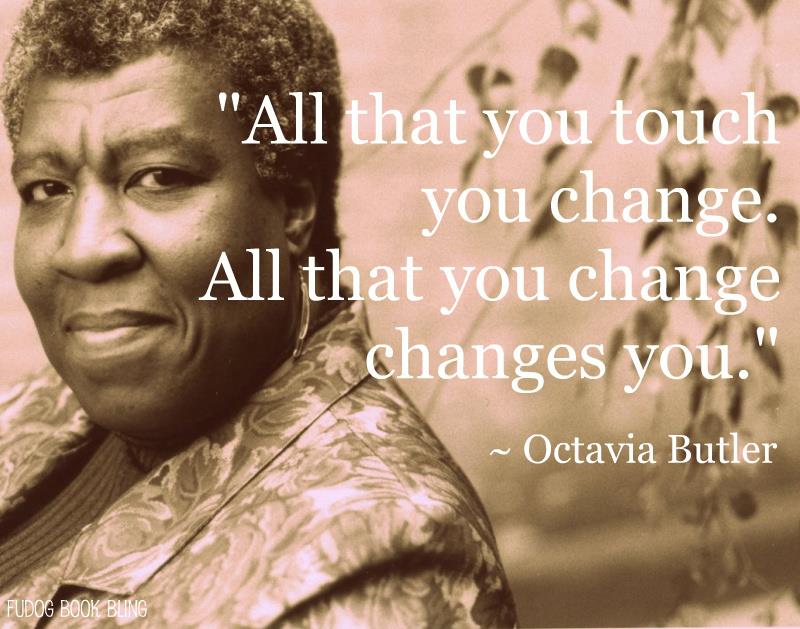
In short, as this article attempts to prove, the Broken Earth series considers the past, interprets the present and offers a cautionary tale about a the future that makes a strong case for the hopeful practice of posthuman ethics.


Yet, the story allows for a possibility of regeneration in the promotion of a posthuman form of ethics. The article argues that Jemisin's work draws a connection between the subjugation and exploitation of certain groups and of nature, framing both as traumatic phenomena.

It is contended that the main issues at play in the Broken Earth trilogy are the representation of structural oppression against a marginalised minority and the foregrounding of the possible consequences of extreme exploitation of the environment. Jemisin's triple-Hugo-award-winning epic trilogy Broken Earth (2015-2017), using the strategically powerful perspectives of trauma studies and the discourses around the figure of the posthuman, and paying special attention to issues of ethics and the notion of the Anthropocene. The main issue at play in the two stories, I will contend, is the identification of biopower with the traumatic appropriation of the human body and the articulation of posthuman forms of resistance to it. Both stories explore dystopian futures-in their focus on coercive extraterrestrials and life on an inhospitable planet, on the one hand, and on oppressive consumer culture and corporate technoscience, on the other-and point back to our posthuman present through metaphoric characters that illustrate and invite comment upon the articulation of power and the construction of the embodied posthuman. (Alice Sheldon)'s 1973 novella "The Girl Who Was Plugged In" (Hugo Award). In order to do so, I will consider Octavia Butler's 1984 short story "Bloodchild" (Hugo and Nebula Awards) and James Tiptree, Jr.

This article approaches science fiction using the strategically powerful perspectives of Trauma Studies and the posthuman in conjunction with Foucault's notion of biopower, paying special attention to the deep investment of these discourses in notions of embodiment and agency.


 0 kommentar(er)
0 kommentar(er)
